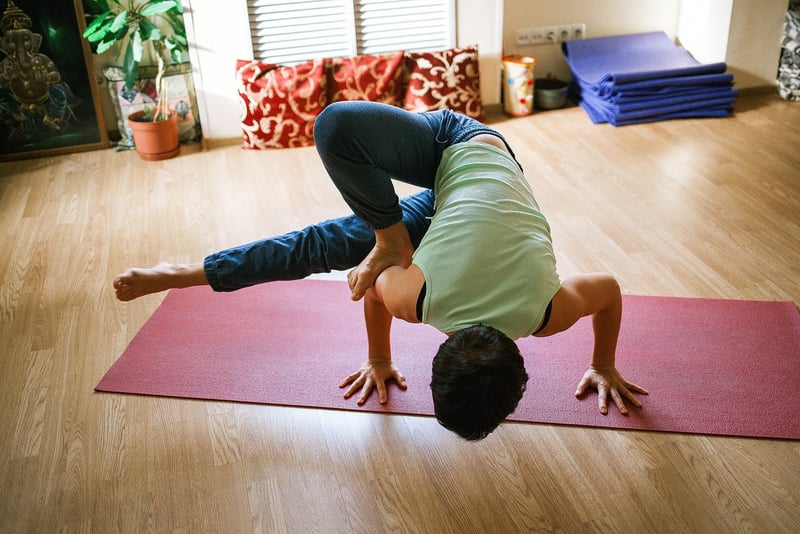Emotional Release
Exploring the Benefits of Therapeutic Movement Sessions and Emotional Release
Therapeutic movement sessions combined with emotional release techniques can be powerful tools for enhancing physical, mental, and emotional well-being. These practices aim to facilitate the release of tension, stress, and emotions stored in the body, promoting a sense of relaxation, balance, and overall vitality.
The Importance of Therapeutic Movement
Therapeutic movement sessions involve gentle, mindful exercises that focus on increasing body awareness, improving flexibility, and releasing muscular tension. These sessions can include practices such as yoga, tai chi, qigong, dance therapy, and somatic experiencing.
Through intentional movement, individuals can reconnect with their bodies, release stagnant energy, and cultivate a sense of grounding and presence. Regular movement practices can help improve posture, enhance mobility, and reduce the risk of injuries.
Emotional Release Techniques
Emotional release techniques, such as breathwork, guided visualization, and expressive arts therapy, provide individuals with tools to acknowledge, process, and release pent-up emotions. By creating a safe space for emotional expression, these techniques can help individuals release emotional blockages and cultivate a sense of inner peace and clarity.
When combined with movement, emotional release techniques can deepen the mind-body connection and promote holistic healing. The integration of movement and emotional release allows individuals to tap into the innate wisdom of their bodies and address both physical and emotional imbalances.
The Benefits of Integration
When therapeutic movement sessions are combined with emotional release techniques, individuals may experience a range of benefits, including:
- Reduced stress and anxiety
- Improved emotional regulation
- Enhanced self-awareness
- Increased relaxation and mindfulness
- Greater sense of vitality and well-being
By incorporating both movement and emotional release into their wellness routine, individuals can create a holistic approach to self-care that nurtures both the body and the mind.
Conclusion
Therapeutic movement sessions and emotional release techniques offer a unique opportunity for individuals to explore the interconnectedness of their physical, mental, and emotional well-being. By incorporating these practices into their daily lives, individuals can cultivate a deeper sense of self-awareness, resilience, and balance.
Embracing the integration of movement and emotional release can empower individuals to embark on a journey of self-discovery and healing, unlocking the potential for profound transformation and growth.


